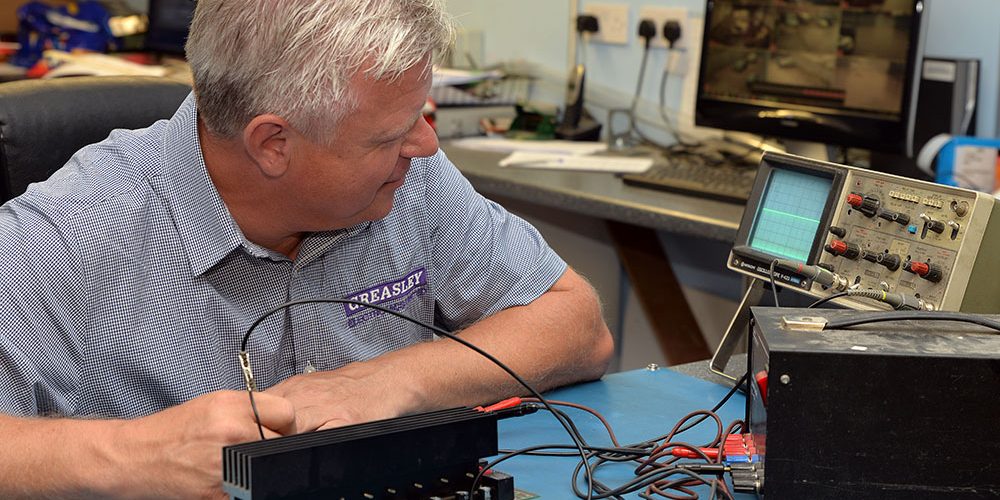You cannot overstate the need of having a PCB that is excellently laid during a power supply designing process. If you want to design a power PCB supply, you need to ensure that you need to separate the analog and digital components of the circuit to avoid noisy corrosion.
To be able to come with the best power supply design, you need to make careful considerations. In this article, you will get broad know-how of the relations or aspects that are worth considering. Read on to get the most out of the article.
Regulator Choice for the PCB Power Supply
You have the linear, and switched-mode regulator options t choose from during the designing process. The voltage that is required is what brings the difference between the two. You need a higher voltage if you opt for the linear model to ensure minimum voltage dropout. You are likely to have power loss set back when using the linear regulators in your design.
According to experts and popular opinions, switch regulators might be better than linear regulators. The switch regulators are so efficient as they store energy temporarily after the conversion of voltage. When it comes to cost, switching regulators are pretty expensive as compared to linear regulators.
Power Supply Management Thermally
Heat dissipation is one entity that significantly affects your power supply performance. It is normal for heat to be emitted whenever you conduct current through your device or supply. Therefore it is vital to choose a proper regulation for heat dissipation through thermal control or rather techniques. You should design a proper cooling system for the optimal working of the power supply. You might want to choose fans, heat sinks, or other linear regulators to reduce the heat dissipated during the thermal process.
Power and Ground Planes
For your power supply to work at best, you should separate the ground planes. The power planes act as transmitters of power to specific areas of the PCBs. It is also advisable that you reduce the crosstalk and any other interference on the PCB significantly.
Bypass and Decoupling Capacitors
The decoupling capacitors provide the required IC current, thereby acting as a power source from a secondary perspective. Working as a charge source, the decoupling capacitors support switching events when necessary. Noise reduction and fluctuation are solely the roles of the bypass capacitors. The bypass capacitors are charged with suppressing inter, intra-system generated noises.
EMI Filtering and Power Integrity
Any power closure can cause EMI radiations provided there is power entry or exit from the system. EMI filters are crucial points where there are power inputs or supplies to reduce noise from conduction. Your power supply design should prove integrity in the power consumption process. This means the efficiency of power consumption should be above the recommended levels.
An appropriate amount of energy should be supplied to ensure your circuit works to the desired performance levels. It is vital to consider that you need to choose the best power supply design for an electronic device to function optimally. Make the best choices to ensure the efficiency and performance of your electronic device.
